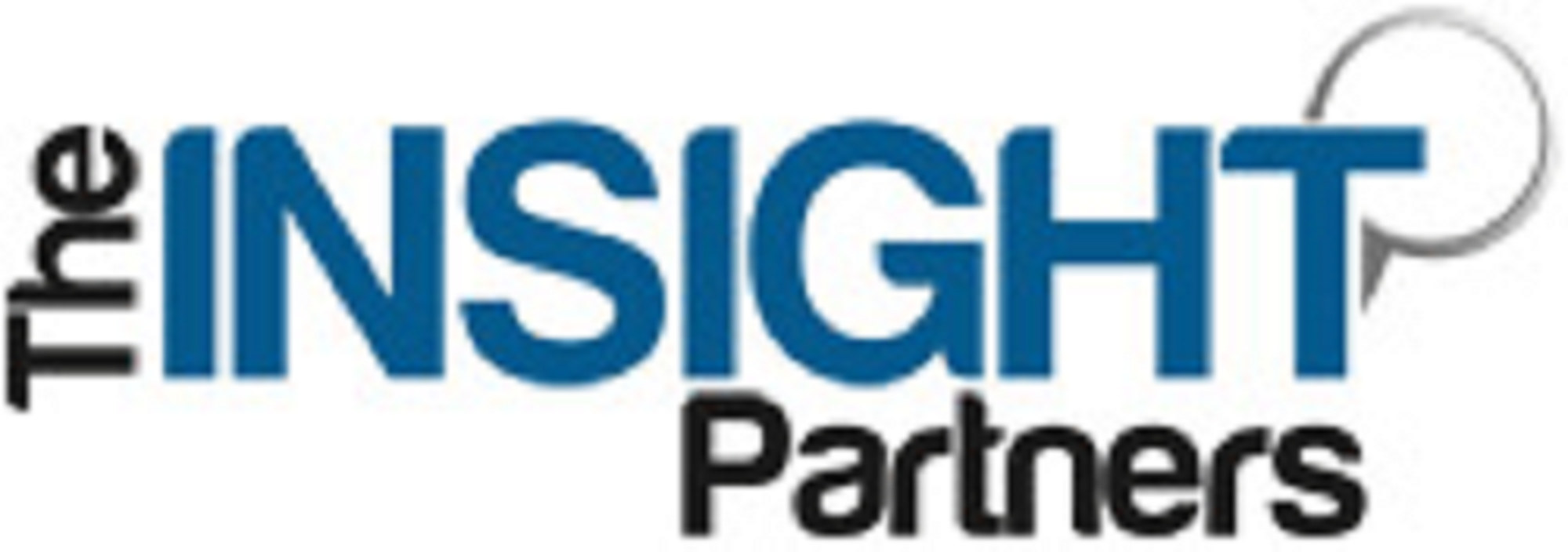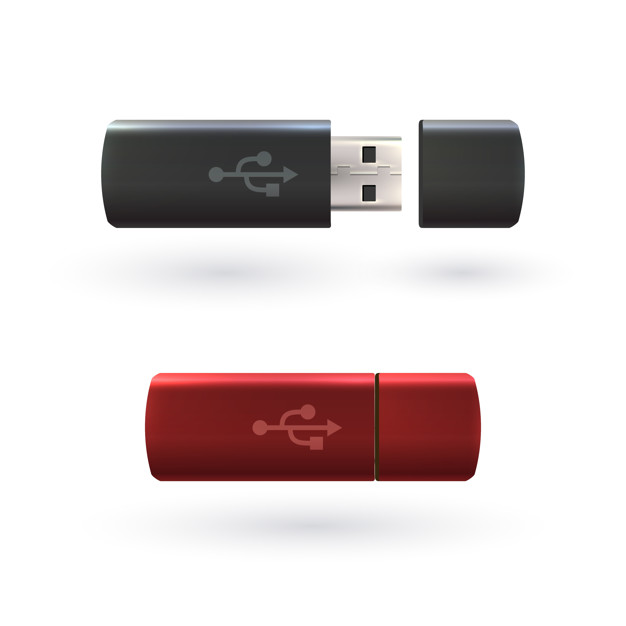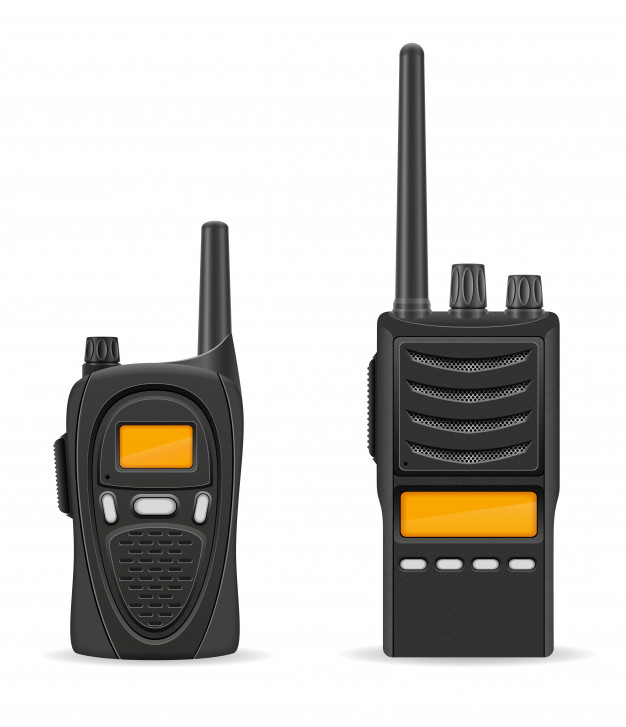Batteries used in drones are harmful to the environment. Disposing of these batteries as waste is not good as they contain lead and other toxic materials that are harmful to land, water, and vegetation. Thus, technology called fuel cell technology was launched to overcome several disadvantages of batteries. This technology is further used in drones also. Fuel cells use chemical energy from fuels and oxidizers to produce electrical energy to power drones without combustion. Hydrogen is one of the most common fuels, with oxygen from the air being the most common oxidizer. Drones powered by these fuels have a higher energy density than batteries. Fuel cells provide up to three times the endurance of drones’ payload and weights compared to batteries. Moreover, batteries require charging, which is time-consuming; while in case of fuel cells, they can be replaced in minutes. These devices do not require charging and hence contribute to the environment by saving electricity, which increases their demand in the market.
DJI, AMPEREX TECHNOLOGY LIMITED, PARROT DRONES SAS, AUTEL ROBOTICS, AND SHENZHEN GREPOW BATTERY CO ARE AMONG THE KEY MARKET PLAYERS OPERATING IN THE DRONE BATTERY MARKET.
Many industry players are moving toward adopting solutions beneficial to the environment. This factor encouraged drone manufacturers to provide energy-efficient solutions to their customers. Hence, the production of energy-efficient solutions such as fuel cell technologies to power drones gained momentum. For instance, according to the Times of India, in March 2016, a scientist developed a miniaturized fuel cell for drones that can provide a flight time of ~1 hour and more. It was a solution for the replacement of lithium-ion batteries. Small drones are used in various applications. Energy-efficient substitutes for batteries are being adopted widely. Thus, the introduction of fuel cell technologies for drone applications will hamper the drone battery market growth.
The drone battery market analysis is segmented on the basis of drone type, battery type, battery capacity, and industry. Based on drone type, the drone battery market is divided into mini quad and micro quad. Based on battery type, the market is segmented into NiCad, NiMH, and LiPo. On basis of battery capacity, the market is segmented into below 3,000 mAh, 3,000-5,000 mAh, 5,000-10,000 mAh, and above 10,000 mAh. Based on industry, the market is segmented into agriculture & forestry, infrastructure inspection, utilities, construction, mining, and others.
Geographically, the market is segmented into five key regions, namely North America, Europe, Asia Pacific, Middle East & Africa and South America. Asia Pacific region held the largest revenue share in 2022 followed by North America and Europe. Asia Pacific is projected to be the fastest growing region with a CAGR of 17.1% from 2023 to 2028.
The top ten companies in the market include AMIT industries L.T.D, Amperex Technology Limited, Autel Robotics, MMC-UAV, SES AI Corporation, Parrot Drone SAS, Maxamps, Shenzhen Grepow Battery Co, DJI, and RRC Power Solutions. The above listing of key players is derived by considering multiple factors such as overall revenue, new product launches, market initiatives, investment in technology up-gradation, mergers & acquisitions, and other joint activities. A few of the important market initiatives and product developments from the industry are mentioned below. Few of the important market initiatives and product developments from the industry are mentioned below:
| Year | News |
| 2020 | StoreDot, has successfully cut drone recharge time down from 1-2 hours to 5 minutes with its latest battery technology innovation. |
| 2021 | KULR Technology Group Inc., a leading developer of next-generation thermal management technologies, announced the June 2021 launch of a new product line of lithium battery packs from drone applications. |
| 2023 | Montavista launched a new line of Lithium Metal Battery products, increasing flight time of a commercial drone by 60~80 % |



